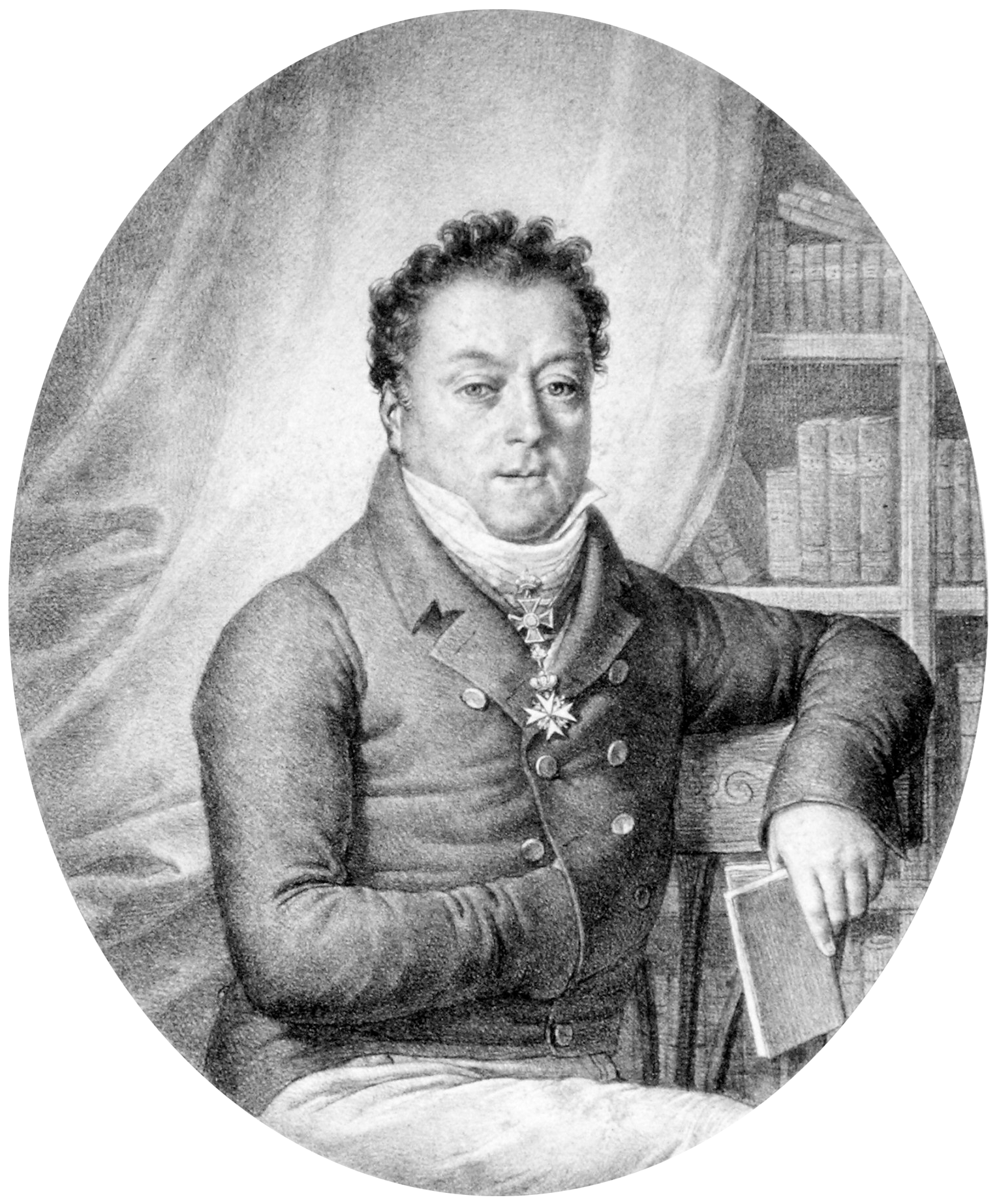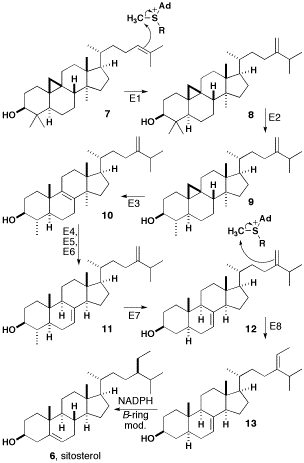|
Artemisia Scoparia
''Artemisia scoparia'' is a Eurasian species in the genus ''Artemisia (plant), Artemisia'', in the Asteraceae, sunflower family. It is widespread across much of Eurasia from France to Japan, including China, India, Russia, Germany, Poland, central + southwest Asia, etc. The English common name of ''Artemisia scoparia'' is virgate wormwood, capillary wormwood, or redstem wormwood. In Mandarin Chinese it is known as yīn chén (Traditional: 茵陳) and it is an important traditional Chinese medicine, and is considered interchangeable with ''Artemisia capillaris'' for that purpose. Its pollen can be allergenic. Chemical constituents # Capillarisin #Chlorogenic acid butyl ester #6,7-Dimethylesculetin #Isosabandin #Magnolioside (isoscopoletin-β-D-glucopyranoside) #7-Methoxycoumarin #7-Methylesculetin #Sabandin A # Sabandin B # Scoparone (6,7-dimethoxycoumarin) #Scopoletin #beta-Sitosterol, β-Sitosterol #Capillin References Artemisia (genus), scoparia Plants used in trad ... [...More Info...] [...Related Items...] OR: [Wikipedia] [Google] [Baidu] |
Franz De Paula Adam Von Waldstein
Franz de Paula Adam Norbert Wenzel Ludwig Valentin von Waldstein (14 February 1759 – 24 May 1823) was an Austrian soldier, explorer and naturalist. A member of the noble Waldstein family, he was born in Vienna, the third son of Count Emanuel Philibert von Waldstein-Wartenberg (1731–1775) and his wife Maria Anna Theresia von Liechtenstein. His younger brother Count Ferdinand Ernst Gabriel von Waldstein (1762–1823) became known as patron of Ludwig van Beethoven. Waldstein married Karolina Ferdinandi (1777–1844). As a soldier he took part in Habsburg campaigns against the Ottoman Empire and Russia. From 1789, he studied the botany of Hungary with Pál Kitaibel. His herbarium is archived in Prague. Together with Kitaibel he wrote ''Descriptiones et icones plantarum rariorum Hungariae'' ("descriptions and pictures of the rare plants of Hungary"; M. A. Schmidt, Vienna, three volumes, 1802–1812). In 1814, Waldstein was appointed member of the Bavarian Academy of Sciences ... [...More Info...] [...Related Items...] OR: [Wikipedia] [Google] [Baidu] |
J Allergy Clin Immunol
''The Journal of Allergy and Clinical Immunology'' is a monthly peer-reviewed medical journal covering research on allergy and immunology. It is one of two official journals of the American Academy of Allergy, Asthma, and Immunology. The journal was established in 1929 as the ''Journal of Allergy'' and obtained its current name in 1971. The name change was purportedly related to a change in the attitude among physicians about the breadth of applicability of the term "allergy". The journal has been published under the Mosby imprint since its inception. According to the ''Journal Citation Reports'', the journal has a 2021 impact factor of 14.29, ranking it second out of 25 in the category "Allergy". The editor-in-chief is Zuhair K. Ballas, who succeeded Donald Y.M. Leung Donald is a masculine given name derived from the Goidelic languages, Gaelic name ''Dòmhnall''.. This comes from the Proto-Celtic language, Proto-Celtic *''Dumno-ualos'' ("world-ruler" or "world-wielder"). The ... [...More Info...] [...Related Items...] OR: [Wikipedia] [Google] [Baidu] |
Capillin
Capillin is a naturally occurring organic compound with the chemical formula . The structure contains acetophenone and a polyyne (pentadiynyl) portion, conjugated together as an ynone. Chemical taxonomy Capillin is found in the essential oil of a number of ''Artemisia (genus), Artemisia'' species, including ''Artemisia monosperma'' and ''Artemisia dracunculus'' (tarragon). The substance was initially isolated from ''Artemisia capillaris'' in 1956. Applications Capillin is a biologically active substance. It has strong antifungal activity, and it is possibly antitumoral. Capillin exhibits cytotoxic activity and could cause apoptosis of certain human tumor cells. References {{Reflist Aromatic ketones Alkyne derivatives ... [...More Info...] [...Related Items...] OR: [Wikipedia] [Google] [Baidu] |
Beta-Sitosterol
β-sitosterol (beta-sitosterol) is one of several phytosterols (plant sterols) with chemical structures similar to that of cholesterol. It is a white, waxy powder with a characteristic odor, and is one of the components of the food additive E499. Phytosterols are hydrophobic and soluble in alcohols. Natural occurrences and food β-sitosterol is widely distributed in the plant kingdom. It is found in vegetable oil, nuts, avocados, and derived prepared foods such as salad dressings. Human research β-sitosterol is being studied for its potential to reduce benign prostatic hyperplasia (BPH) and blood cholesterol levels. Genetic disorder While plant sterols are usually beneficial, there is a rare autosomal recessive genetic disorder phytosterolemia which causes over-absorption of phytosterols. Precursor of anabolic steroid boldenone Being a steroid, β-sitosterol is a precursor of anabolic steroid boldenone. Boldenone undecylenate is commonly used in veterinary medicine to indu ... [...More Info...] [...Related Items...] OR: [Wikipedia] [Google] [Baidu] |
Scopoletin
Scopoletin is a coumarin. It found in the root of plants in the genus ''Scopolia'' such as ''Scopolia carniolica'' and ''Scopolia japonica'', in chicory, in '' Artemisia scoparia'', in the roots and leaves of stinging nettle (''Urtica dioica''), in the passion flower, in '' Brunfelsia'', in ''Viburnum prunifolium'', in ''Solanum nigrum'', in ''Datura metel'', in '' Mallotus resinosus'', or and in '' Kleinhovia hospita''. It can also be found in fenugreek, vinegar, some whiskies or in dandelion coffee. A similar coumarin is scoparone. Scopoletin is highly fluorescent when dissolved in DMSO or water and is regularly used as a fluorimetric assay for the detection of hydrogen peroxide in conjunction with horseradish peroxidase. When oxidized, its fluorescence is strongly suppressed. Chemistry Biosynthesis Like most phenylpropanoids, the biosynthetic precursor to scopoletin acid is 4-coumaroyl-CoA. Scopoletin is derived from 1,2-benzopyrones which is the core structure of couma ... [...More Info...] [...Related Items...] OR: [Wikipedia] [Google] [Baidu] |
Scoparone
Scoparone is a natural organic compound with the molecular formula C11H10O4. It is found in the Chinese herb '' Artemisia scoparia'' and has been studied for its potential pharmacological properties including immunosuppression Immunosuppression is a reduction of the activation or efficacy of the immune system. Some portions of the immune system itself have immunosuppressive effects on other parts of the immune system, and immunosuppression may occur as an adverse react ... and vasorelaxation. References Coumarins Hydroxyquinol ethers {{organic-compound-stub ... [...More Info...] [...Related Items...] OR: [Wikipedia] [Google] [Baidu] |
7-Methoxycoumarin
Herniarin is a natural chemical compound. Chemically, it can be considered a methoxy derivative of coumarin or a methyl derivative of umbelliferone. Herniarin is found in ''Herniaria glabra'', ''Ayapana triplinervis ''Ayapana triplinervis'' (aya-pana, water hemp) is a tropical American shrub in the family Asteraceae. This plant has long slender leaves which are often used in traditional medicine. The flowers are pale pink and the thin, hairless stem is redd ...'' and in species of the genus ''Prunus'' ('' P. mahaleb'', '' P. pensylvanica'', and '' P. maximowiczii''). References O-methylated coumarins {{aromatic-stub ... [...More Info...] [...Related Items...] OR: [Wikipedia] [Google] [Baidu] |


